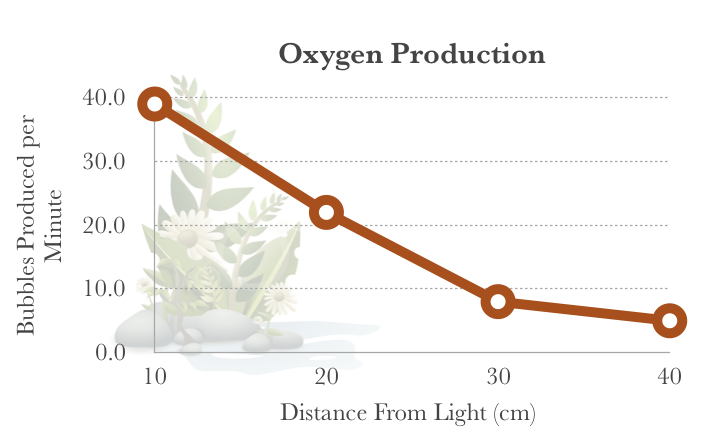
All Solutions
Page 217: Chapter 8 Assessment
6CO$_{2}$ + 6H$_{2}$O $rightarrow$ C$_{6}$H$_{12}$O$_{6}$ + 6O$_{2}$
carbon dioxide + water $rightarrow$ glucose + oxygen
6CO$_{2}$ + 6H$_{2}$O $rightarrow$ C$_{6}$H$_{12}$O$_{6}$ + 6O$_{2}$
A. Chloroplast: this is where photosynthesis takes place
B. Stroma: it is the space that is found outside the thylakoid membranes
C. Granum: is consists of thylakoids that are stacked together
D. Photosystems: these are the units that collect and absorb the light
Light-dependent reactions occur in the thylakoid membranes of a chloroplast. This process will convert solar energy into chemical energy in the form of ATP and NADPH. On the other hand, the Calvin cycle takes place in the stroma of the chloroplasts. This cycle does not require the presence of light.
A. Water shortage can decrease the rate of photosynthesis, or in worst cases, stop it.
B. The intensity of light affects the rate of photosynthesis. If a plant has an increased exposure to sunlight, the rate of photosynthesis will also increase.
C. The enzymes involved in photosynthesis work best at a temperature between 0 to 35 degrees Celsius. A temperature which goes above or below the ideal temperature will affect the rate of photosynthesis.
Equipment needed:
2 plastic tubs
pond water and green algae
plastic gloves
Method:
A. Start the experiment by gathering two samples of pond water containing algae.
B. These samples must be placed in the tub.
C. The two containers must have the same amount of water and must be placed under the same temperature.
D. Put one sample in a dark location where it can’t be exposed to sunlight.
E. The other sample must be placed in an exposed area where it can get as much sunlight as it can.
F. After ten days, observe the two samples. Check the density of the algae growth in both of the samples.


